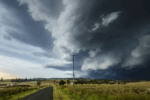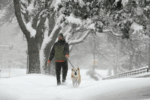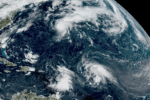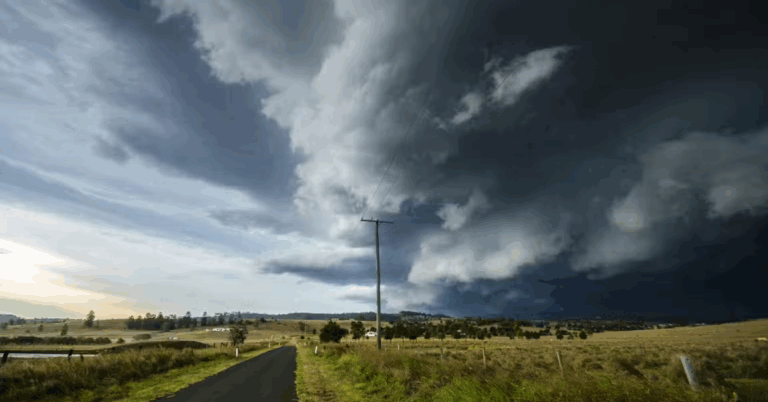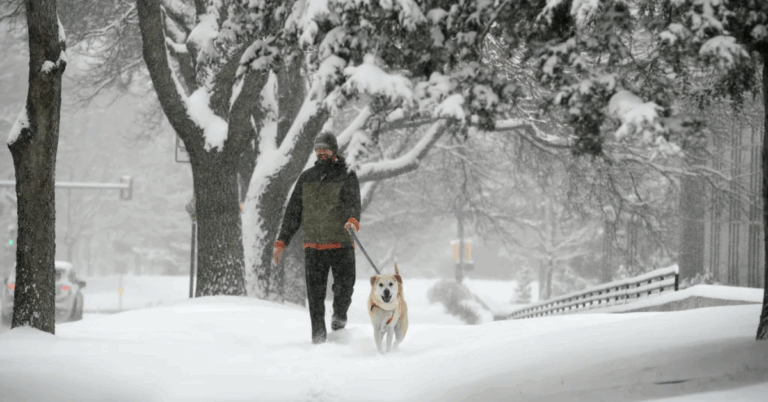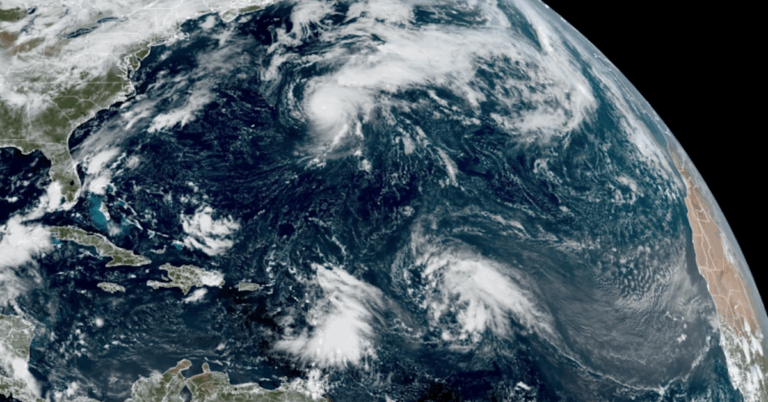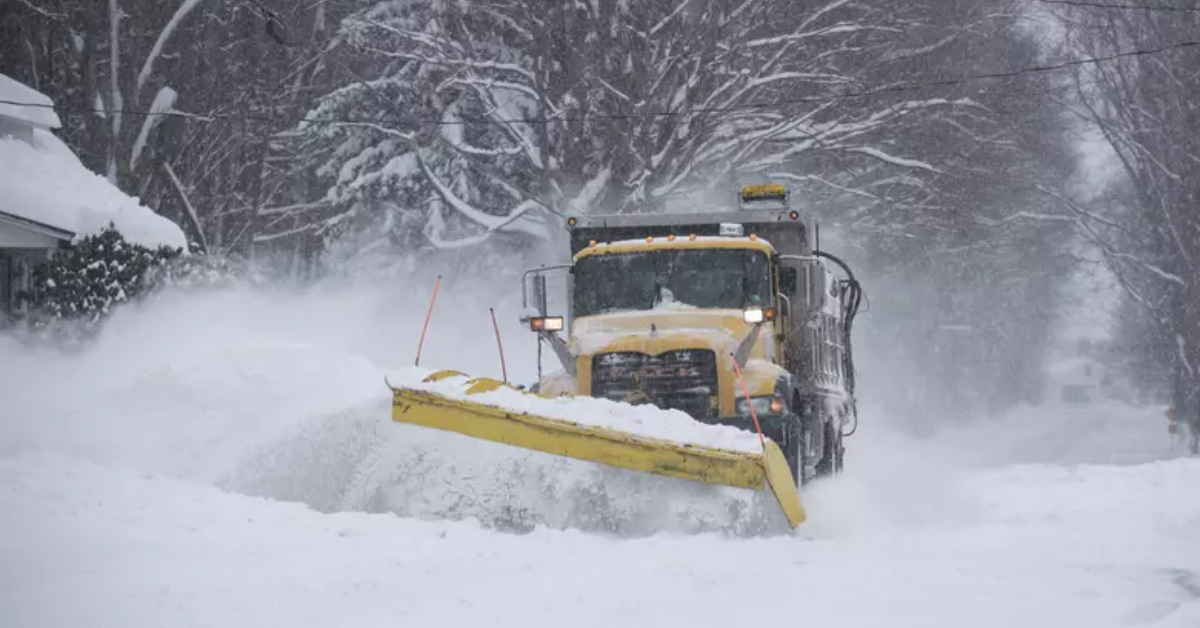
Winter in New York State is always a season to watch closely, especially with the changing climate patterns affecting how harsh or mild the months can be. For those planning ahead—whether residents, travelers, or businesses—understanding what the upcoming 2025-26 winter may bring is important. This includes potential snowfalls, temperature drops, and storm occurrences that could shape life across the state.
This year, meteorologists are already analyzing early data to provide forecasts that can help New Yorkers prepare. Drawing from reliable sources and recent climate trends, this article breaks down what we might expect during the winter season, offering clear insights that are easy to follow and useful for all readers.
Early Winter Temperature Trends for New York State
Experts suggest that the winter of 2025-26 in New York may be slightly colder than average in many regions, especially upstate areas. According to the National Oceanic and Atmospheric Administration (NOAA), the influence of La Niña conditions often leads to colder and snowier winters in the northeastern United States. While no forecast can be 100% certain this far in advance, early predictions indicate a chance of below-average temperatures starting from late December through February.
This means residents should be prepared for more frequent cold snaps and possibly extended periods of freezing weather. Urban areas like New York City may experience milder temperature drops compared to the Adirondacks or Catskills, where winter conditions tend to be naturally harsher.
Snowfall Expectations and Potential Storms
When it comes to snowfall, the 2025-26 winter might bring an above-average amount of snow to much of the state. The National Weather Service often warns of increased snowfall due to the prevalence of Lake Effect Snow caused by the Great Lakes, and this effect could be stronger given current water temperatures around the lakes. Areas closer to these lakes, such as Buffalo and Rochester, might see heavier snow events.
Additionally, meteorologists are keeping an eye on the Atlantic hurricane season’s tail end, as storm remnants can sometimes move north and interact with cold fronts, leading to significant winter storms. Such storms could bring heavy snow and strong winds, especially along coastal areas, impacting travel and daily life.
How Climate Change Could Influence the 2025-26 Winter
Climate change plays a role in shaping winter seasons, often making weather patterns less predictable. While New York State has experienced warmer winters over the past decades, sudden cold snaps and heavy snowfall events still occur and may continue to surprise many. According to the U.S. Environmental Protection Agency (EPA), higher global temperatures can increase the atmosphere’s moisture-holding capacity. This means when conditions are right, storms can dump more snow than usual.
For younger readers and those new to climate topics, it’s helpful to understand that even with an overall warming trend, winter storms can still be powerful and disruptive. This combination can make winters unpredictable but also sometimes more intense in certain ways.
Preparing for the Winter: Tips for Residents and Travelers
With the possibility of a colder and snowier winter ahead, it’s wise to start preparing early. Residents should check heating systems, stock up on winter essentials such as salt, shovels, and warm clothing, and keep emergency kits ready in case of power outages or heavy storms. For travelers, it’s important to stay updated with weather forecasts and plan trips considering possible delays or road closures.
Staying connected with reliable weather sources like NOAA and the National Weather Service will help you make informed decisions as the 2025-26 winter approaches. Being prepared can reduce stress and ensure safety during harsh conditions.
Final Thoughts: Staying Informed Is Key
While exact weather conditions for the 2025-26 winter in New York State are still evolving, early data points toward a colder, snowier season in many areas. This means it’s a good time for individuals and communities to stay alert and ready. By following official forecasts and understanding the possible impact of climate phenomena, everyone can face the winter months better equipped.

